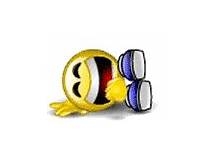Sirius Glass
Subscriber
- Choose exposure to get the highlights how you want them, then choose contrast filter to get the shadows how you want those. I learned this from Ralph Lambrecht when his book came out, after rather too many years of unsystematic flip-flopping.
- Paying attention to detail (e.g. enlarger alignment) makes a big difference even with mediocre equipment.
- Be nice to your working solutions. When printing, the main purpose of the stop-bath is not to stop development but to save the fixer from contamination. Give it time to get in there if using FB paper. Using two fixer baths (of which number 2 is freshly mixed) is also hugely beneficial.
Stop bath with indicator is just so damned expensive!




